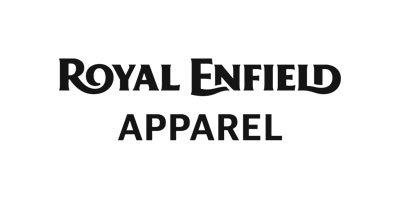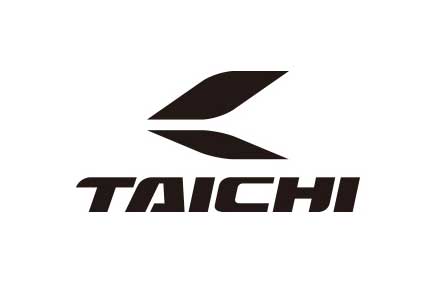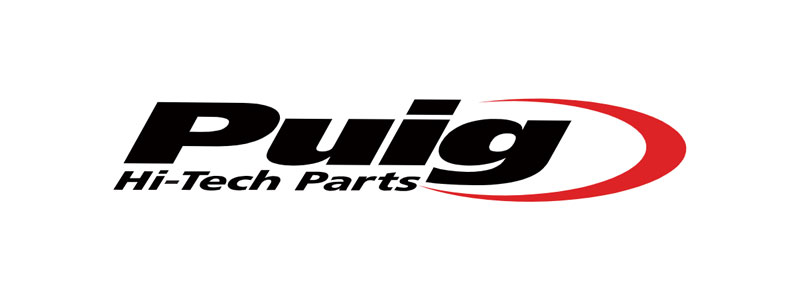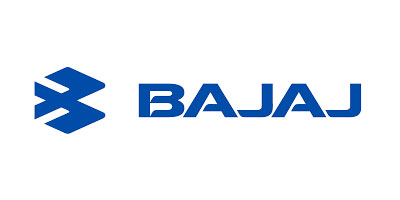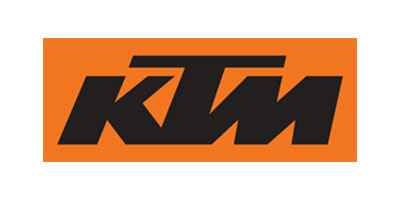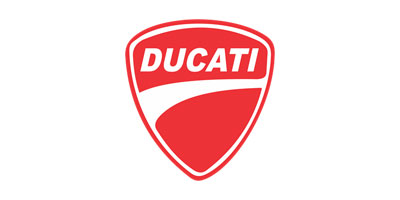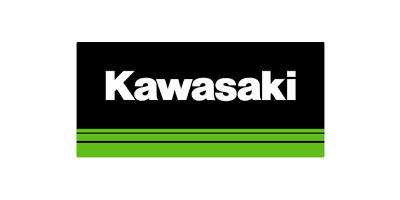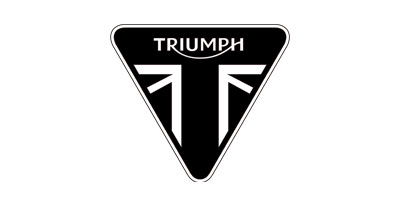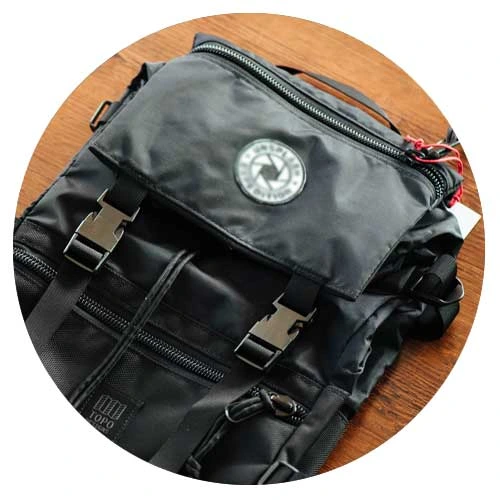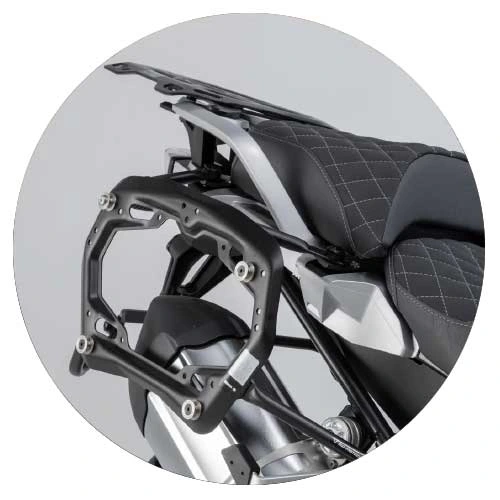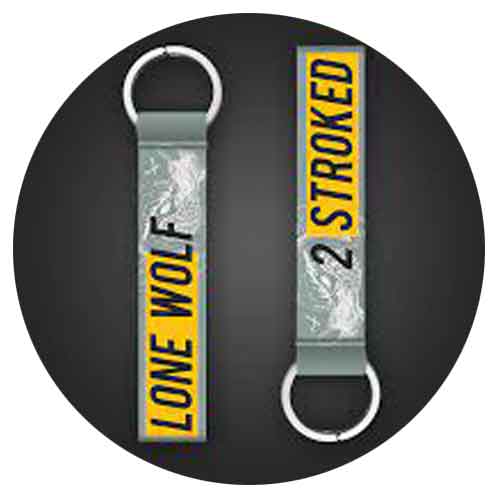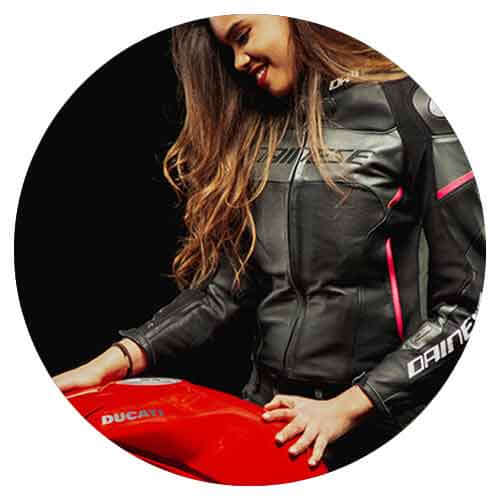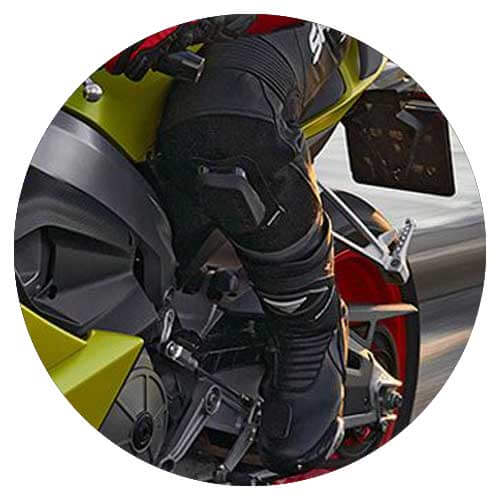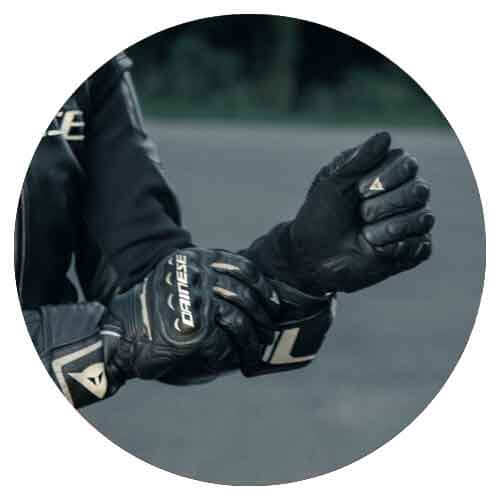D3O Protection
If you want to have one of the best if not the best when it comes to protection, D3O is the way. They claim that they provide the thinnest and the most advanced protection against impact.

Now that is a really bold and extensive claim. But what exactly is D3O, Who is D3O and how does it work and their existence.
History
Richard Palmer and Philip Green experimented with dilatant liquid in 1999. This liquid had Non Newtonian properties. We do know who Sir Isaac Newton is and his laws right (“ an object will not change its motion unless a force acts on it”). Now unlike water it was free flowing when stationary but became instantly rigid on impact. Before discussing non-Newtonian fluids, let’s first examine what is meant by a “Newtonian” fluid.

In addition to his many other discoveries, Isaac Newton did some groundbreaking work with fluids. He discovered that the viscosity of most fluids is affected only by temperature. Viscosity is the quantity that describes a fluid’s resistance to flow. A fluid with high viscosity resists motion while a fluid with low viscosity flows easily. More viscous substances, such as syrup and honey, take longer to pour than less viscous substances, such as water. (Be careful not to confuse viscosity with density. While cream may be thicker than milk, it is actually less dense, as cream will float on top of milk. )
Newton observed that if a substance is heated, it will become less viscous, and if cooled more viscous. When attempting to start your car on a sub-zero morning, you may notice that the engine has a difficult time turning over, as the oil in the bike is thick and sluggish. Once the engine heats up, the oil becomes less viscous and flows more easily. That is why we advise you to keep the engine running on your bike for sometime before riding. Most common fluids, such as water, are Newtonian. Their viscosity remains constant no matter how fast they are forced to flow through a pipe or channel. But the viscosity of some fluids is affected by factors other than temperature. These fluids are termed non-Newtonian fluids. The viscosity of a non-Newtonian fluid will change due to agitation or pressure—technically known as shear stress. A shear stress will not affect the viscosity of a Newtonian fluid.

Non-Newtonian fluids are polymers. The most common synthetic polymers are plastic, rubber, and fabrics, such as polyester ( Info Courtesy acs.org) Natural polymers include DNA, proteins, and starch. D30 shows similar properties. As keen snowboarders, Palmer and Green drew inspiration from snow and decided to replicate its matrix-like quality to develop a flexible material that incorporated the dilatant fluid. After they experimented with numerous materials and formulas, they invented a flexible, pliable material that locked together and solidified in the event of a collision. Yes D3O was invented by skateboarders and it was 1st used for Skating than for Motorbike riding.

When incorporated into clothing, the material moved with the wearer while providing comprehensive protection and comfort.
Soon they filed a patent , which they used as a foundation to commercialise the product in 1999. D3O was used commercially for the 1st time by The United States and Canada Ski team at the 2006 Winter Olympics.
As far as motorcycles are concerned, it got to this market as late as 2009. Yes a decade after it was 1st invented and this was after the material got its CE certification. D3O is actually a London, UK based company with offices also in the US and China.
Highlights
2014 D3o received the Queen’s Award for Enterprise and was awarded £237,000 by the Technology Strategy Board – now known as Innovate UK – to develop a shock absorption Helmet system prototype for the defence market to reduce the risk of traumatic brain injury. Their London headquarters has full scale innovation and test laboratories and house of the global business function. D3O’s consumer electronics brand partner Gear4 became the UK’s number 1 phone case brand in volume and value.
Applications
D3O has various applications such as in electronics (low-profile impact protection for phones, laptops and other electronic devices),

sports (protective equipment), motorcycle riding gear, defence (helmet liners and body protection; footwear)

and industrial workwear (personal protective equipment such as gloves, knee pads and metatarsal guards for boots),

In 2020, D3O became the specified helmet suspension pad supplier for the US Armed Forces‘ Integrated Helmet Protection System (IHPS) Suspension System.
D3O sponsors a lot of athletes but one of the most known at least for us riders is Michael Dunlop, The 19 time winner at Isle of Man TT.
Working
D3O is another type of shear-thickening fluid matlab ghaadaa hona. It is composed of a polymer substance suspended in an oily-type liquid lubricant. This mixture is classified as a colloid, a mixture in which the dispersed substance is permanently suspended in a dispersing medium. Other common colloids include fog, whipped cream, and milk.
( Let us know if you want to know about what is Shear-Thickening fluid vs What is Shear-Thinning Fluid).
When a stress is applied slowly to a shear-thickening fluid, the polymer chains have time to move out of the way and rearrange themselves as this is a slow process, thus the viscosity is not affected. But if a quick stress is applied, the polymer chains do not have time to rearrange and they become entangled, assuming a solid-like consistency as the viscosity greatly increases. That is why when you press the D3O it is squishy and gooey. But the moment you wack it or apply any kind of instant stress it solidifies for a split second. Try with one of your armours if you already have it. If you press you can feel its soft nature thus allowing it to take your body shape and protecting the area it is meant to cover very well. Then try punching the armour and you can feel the instant solidifying and then loosening again. If you hold the armour in one hand and punch with another. You can feel the impact not going through.
Imagine Sakinaka Junction. If vehicles go in a smooth flow the traffic moves easily. But then some rickshaw or Chapri on an Activa or a BEST bus decides to get out of the formation line and over take the bottleneck and chaos and pile up. Something like our daily drive isn’t it.

Shear-thinning fluids behave in precisely the opposite way as shear-thickening fluids. Whereas a sudden stress will cause a shear-thickening fluid to harden instantly, a more prolonged force is required to thin a shear-thinning fluid.
(Shear thinning) Applying a shear force breaks hydrogen bonds (or other secondary structures) and allows the polymer strands to flow past each other more easily. When the force is removed, the hydrogen bonds between the polymer strands form again. (Shear thickening) Applying a shear force can cause random coils of a polymer to unwind and become entangled with each other, raising the viscosity. When the force is removed, the polymer returns to the favoured random coil state.
The number of uses for D3O and other similar non-Newtonian products is seemingly endless. They can protect you from serious injury and protect your most cherished possessions. A popular slogan embraced by the chemical industry is “Better Living through Chemistry.” D3O provides a ringing endorsement of this motto. ( Info Courtesy acs.org)
So Next time your are looking for armour. You know “if injury ke maare nahi hai rona, armour mein D3O hone”!!!
Do check out our range of D3O Armours Available in Bikeratti
If you need more details do let us know and as always Ride hard Ride safe




